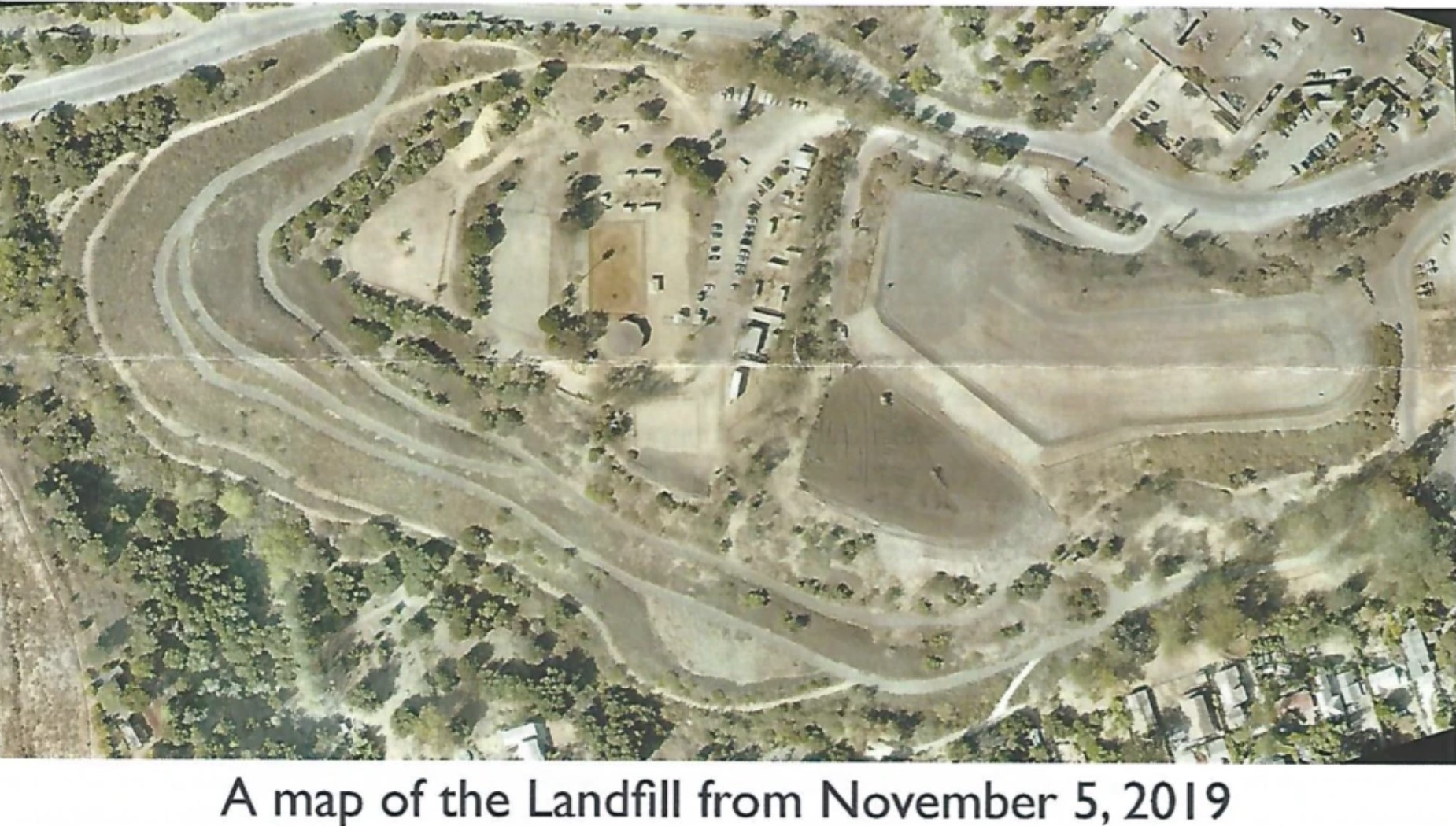Use of Old Landfill Raises a Slew of Problems
Neighbors of Debris Disposal Site Object to Dirt, Dust, Noise, Lost Views

Rancho Sueno residents and County Public Works are embroiled in a dispute over the use of the old landfill site on County Road, aka Dump Road. For 18 days last October, Public Works hauled 20,000 cubic yards of muck dredged from the Goleta Slough “at a rate of more than 30 semitruck dump truck loads per hour,” according to neighbor Ted Smith, who’s lived on Sueno Road to the east of the transfer station for 17 years.
“We are completely exhausted by the continuous large equipment operations, noise, disturbance, dust, etc.,” Smith wrote to Supervisor Gregg Hart in a 15-page letter. The sounds of machinery were so pervasive, neighbors made tape recordings for county officials to hear firsthand.
The Foothill Landfill on Calle Real closed in 1967, the year the transfer station opened across the road. Over the years, the zone became a recreational area and home to the Hearts Therapeutic Equestrian Center, which has been in its current location for 23 years. To make room for future county materials and debris, Hearts is scheduled to move up the hill, onto the highest point of the ridge and directly upwind of the Rancho Sueno community. Smith and his direct neighbors vehemently oppose the move, saying the new site is closer to their homes and will bring unwanted smells, sounds, flies, and so on. Hearts is still getting permit approval for its move, which will be addressed at an upcoming Planning Commission hearing on February 5.
The closed landfill was earmarked as a disposal site for sediment coming from maintenance activities, storm activities, and the Goleta Slough Dredging Program about a decade ago for flood control purposes. Public Works had been using agricultural and industrial sites to absorb most of the material until a more permanent solution could be found, said Deputy Public Works Director Thomas Fayram. In terms of costs and practicality, Fayram said, the closed landfill is the best location available to perform a much-needed service for the entire county. Plans were finalized in 2010, complete with community meetings and a 988-page environmental impact report (EIR).



